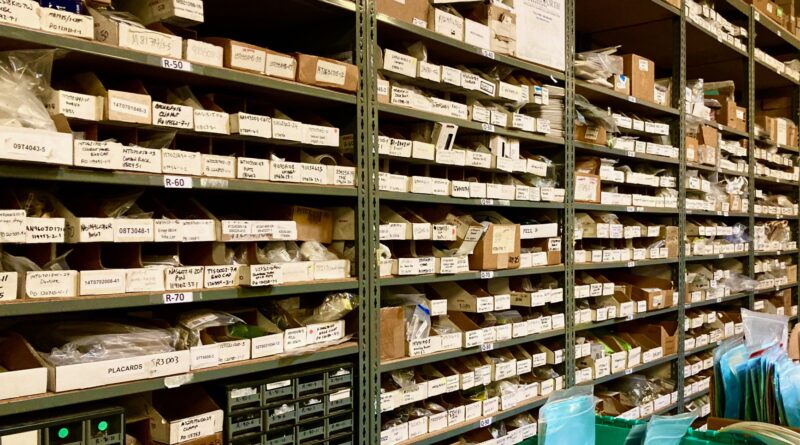Supply Side Chaos
If Cash is King, Supply Chain is the Army. As we have witnessed through COVID, when the Army has issues supporting the rest of the economy trouble isn’t far around the corner. What do business’s do when their most important department, Production, suffers major interruptions due to supply chain problems? For starters, how do prepare to mitigate such a risk? Can you?
The most important goal for businesses who build products is stable production. Being free of surprises like cost overruns, quality issues, late deliveries, capacity constraints, bottlenecks, material shortages, labor issues, interruptions to production – and there are plenty more – is fundamental to profit. Of all those, one of the most basic requirements is a stable supply chain. And your supply chain will have all of the same problems your production has. It can be a bit scary when you realize that.
I’ve worked at companies that didn’t practice proper risk management, that single-sourced nearly all the components needed to build virtually all of their product lines, that didn’t formally track vendor performance and quality, such as on-time delivery and defects, or any other key performance indicators (KPIs). Honestly, one wonders how they managed to avoid a catastrophic failure for so many years with virtually no vendor oversight. Mismanagement like that can literally cause a business to permanently shut down. And there is no way to avoid it happening. The place I worked at for a time managed to somehow avoid anything major for decades. But then a sole supplier shut its doors with almost no warning and suddenly the production of their most popular and profitable product was cut off. There was no plan in place to restart, none.
Mitigating a risk or a problem is to, as much as possible, reduce the negative effects of such factors. It doesn’t intend to eliminate them; its intention is to reduce their impact. Like an insurance policy, mitigation cannot prevent the event but it can provide a means for continuing forward and repairing the damage. I love Alan Mulally’s expression ‘there is always a way forward.’ That is risk mitigation – finding the way forward.
One of the most damaging, and surprisingly most violated, tenets of risk mitigation is single-sourcing. In a few cases it can be unavoidable, such as when what is needed is only built by one company. I hate those. Before we commit to such a scenario though, we often spend a goodly amount of time trying to find an alternate way out of the pickle we designed ourselves into. Can we change our design? Can we find a component we can adapt to our purpose?
Sometimes you are just stuck. But, I can say single sourcing invariably comes back to haunt you. Whether it’s the vendor changing its component design or the inevitable delivery delays or ridiculous price hikes, there are a few things sourcing departments can do to mitigate them. For starters, creating safety stock can create some insurance. But, buying more than you need is costly, isn’t it? It has to be looked at like an insurance policy. The premium is a guaranteed loss, but one whose timing can be managed and whose cost is capped. The timing of an uninsured loss is never known, nor is its cost. When you look at risk mitigation from a risk and insurance point of view, it becomes more attractive.
The same can be said for contracting with multiple suppliers. Even in cases where volumes don’t justify multiple sources, it’s still good insurance to pay a bit more to guarantee you will have an uninterrupted supply of parts. It’s smart business.




